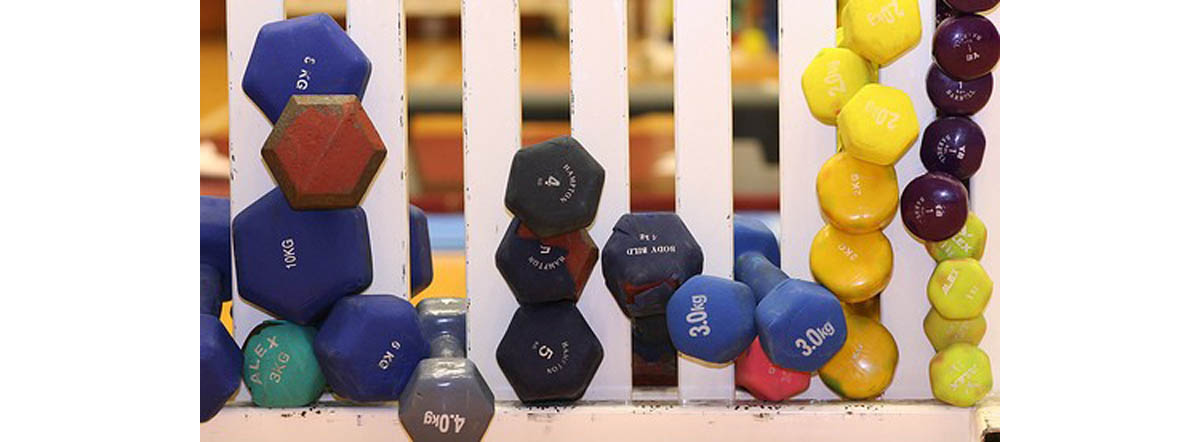Table of Contents
Let's clear one thing up first and foremost - the old notion that cardio is the best method of training for weight loss is completely false.

Cardio certainly helps with weight loss, in that it burns calories and creates a slight metabolism boost, meaning you shed some fat, so it’s certainly useful. However, unless you're new to exercise or extremely untrained, your muscles get virtually no stimulation from cardiovascular exercise, be it jogging, swimming, cycling, rowing or slogging your guts out on the elliptical.
By performing cardio as your sole weight loss activity, you may see a drop on the scale, but you'll just end up as a smaller version of your current self - flabby, weak and wobbly.
You'll build lean muscles mass, which increases your metabolism. Your metabolism is like your body's engine - it burns calories to keep you ticking over. The more muscle you have, the harder your metabolism works, the more calories you burn and the quicker you lose weight.
Weight lifting in itself also burns calories. If you don't finish a session in a sweaty mess, struggling to walk and having virtually lost the power of speech, then you're not weight training right.
Fortunately the idea that weight training is beneficial for fat burning and weight loss is starting to get through to the mainstream. However, one myth that refuses to die, and keeps rearing its ugly, untrue, confusing head, is the notion that the best way to weight train for fat loss is to use light weights and perform a high number of repetitions.
The idea is that the longer a set lasts, the more calories you'll burn and the quicker you'll lose weight.
To the uninitiated, this certainly makes sense. After all, the logic seems to be there, so why wouldn't it work.
It's not quite as simple as that though.
We'll use two examples with the same exercise - dumbbell lunges.
If you were to grab a pair of 5-lb dumbbells and perform 15 lunges either leg, your set would probably last around a minute, going on 2-seconds per rep. It's likely you'd be slightly out of breath, have a bit of a burning feeling in your thighs due to the lactic acid and hydrogen build up, and be feeling relatively tired.
Switch those dumbbells to 25-lbs and let's see what happens.
The reps would be much tougher -- you'd struggle to retain balance, have to put everything you've got into each rep, and keep your whole body tight to maintain your posture. You might only get 6 reps per side, and each one slightly lies than your lighter set, the total set time would be around 30 seconds. Half the time, so half the calories, right?
Wrong.
During the 25-lb set, your muscles and body as a whole have to work so much harder to push you through those tough reps. The whole set might last half the time, but your body is probably close to working twice as hard as with the lighter weights.
Not only that, but heavier weights cause more muscle damage. When a muscle fiber tears, your body goes into overdrive to help repair it. Your metabolism increases again, oxygen consumption goes up and your nervous system steps up its game. This is known as EPOC – Excessive Post-exercise Oxygen Consumption. The heavier and harder you train, the bigger the effect on EPOC.
It’s pretty clear now that the theory of high reps and light weights being best for fat loss is more or less debunked. So what’s the best way to incorporate different set and rep schemes into a weight loss workout?
- “Destroying Fat: War Room Strategies to Maximize Fat Loss”, By Christian Thibaudeau, Published on March 19, 2007, Accessed on November 24th, 2012, Retrieved from http://www.t-nation.com/readArticle.do?id=1499282
- Photo courtesy of phildowsing on Flickr: www.flickr.com/photos/phildowsing/1342461644
- Photo courtesy of edjohnson841 on Flickr: www.flickr.com/photos/edjohnson841/3513329222


Your thoughts on this